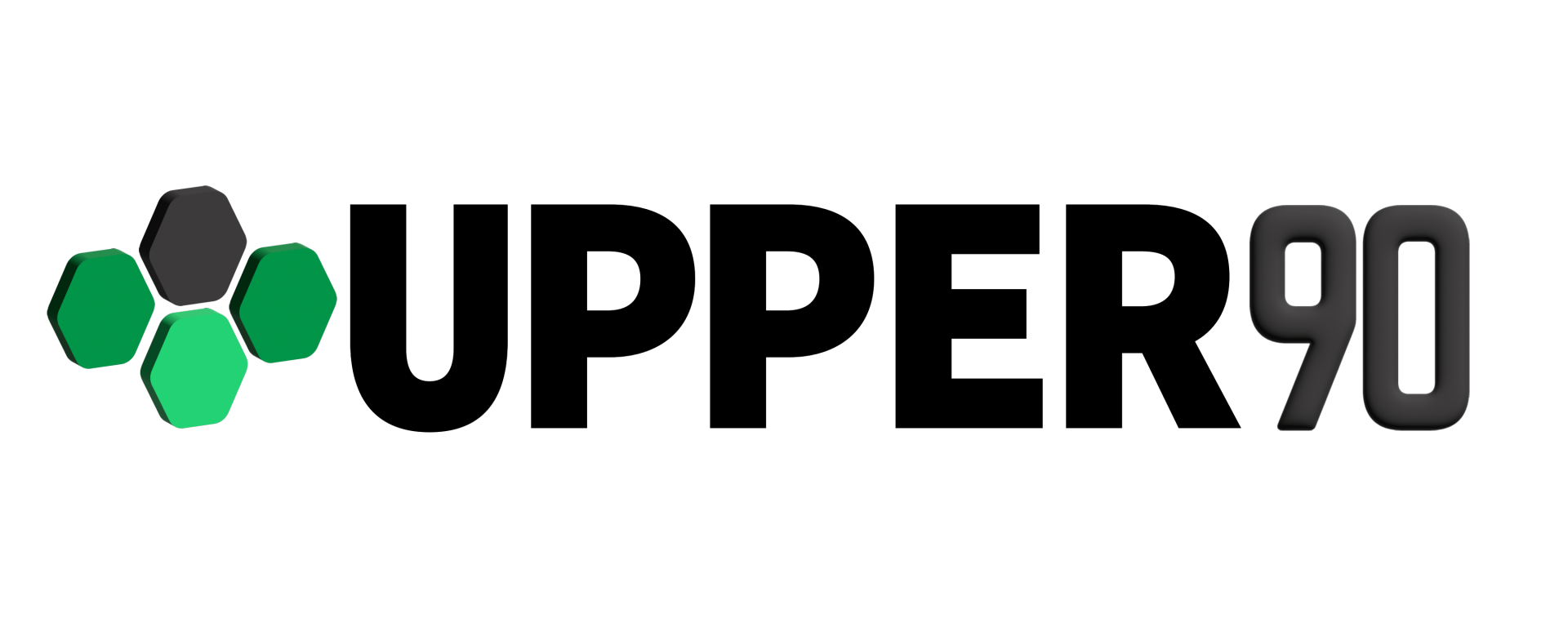The recent unveiling of the proposed State budget once again brings funding in K-12 public schools to the forefront of discussion. In recent years, school districts have been forced to do more with less, due to state-imposed "spending" limits. Twenty years ago, Wisconsin ranked 11th in the nation in terms of spending per student. Today that ranking has fallen to 25th.
To better understand how this impacts education, it helps to have a small understanding of public-school funding (which can be a little complex). As the overall revenue limit has remained constant, the state has provided specific or “categorical” aid (increasing spending limits) for certain categories such as: special education, transportation, bilingual/bicultural, overall student enrollment, etc. Last fall, the Wisconsin Department of Public Instruction submitted a budget request of more than $2.5B in K-12 funding.




